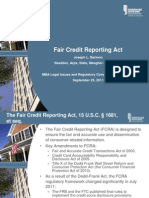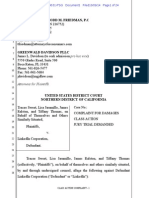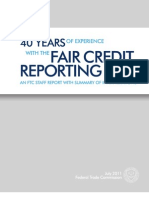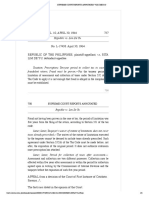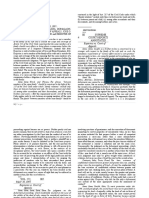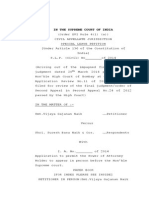0% found this document useful (0 votes)
40 views11 pagesWeek 9 Reading Guide
The document provides instructions for a reading guide and quiz for an online class. It lists topics to be covered in the reading such as the Fair Credit Reporting Act, In re Spokeo, Bakkar v. McKinnon, and Paul v. Providence Health Sys. It directs students to fill out the reading guide as they read and submit it by the due date. The reading guide includes questions about the cases and topics that will be addressed in the professor's recorded lecture.
Uploaded by
jelenaCopyright
© © All Rights Reserved
We take content rights seriously. If you suspect this is your content, claim it here.
Available Formats
Download as DOCX, PDF, TXT or read online on Scribd
0% found this document useful (0 votes)
40 views11 pagesWeek 9 Reading Guide
The document provides instructions for a reading guide and quiz for an online class. It lists topics to be covered in the reading such as the Fair Credit Reporting Act, In re Spokeo, Bakkar v. McKinnon, and Paul v. Providence Health Sys. It directs students to fill out the reading guide as they read and submit it by the due date. The reading guide includes questions about the cases and topics that will be addressed in the professor's recorded lecture.
Uploaded by
jelenaCopyright
© © All Rights Reserved
We take content rights seriously. If you suspect this is your content, claim it here.
Available Formats
Download as DOCX, PDF, TXT or read online on Scribd
/ 11















